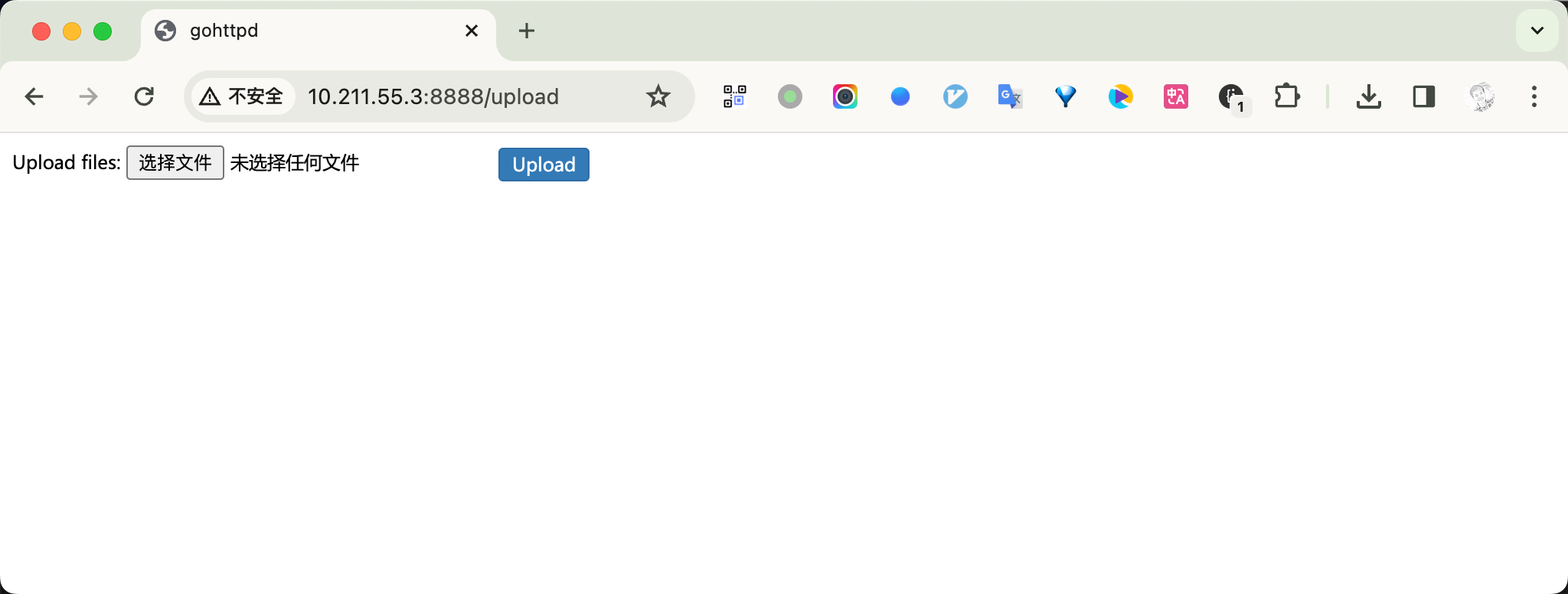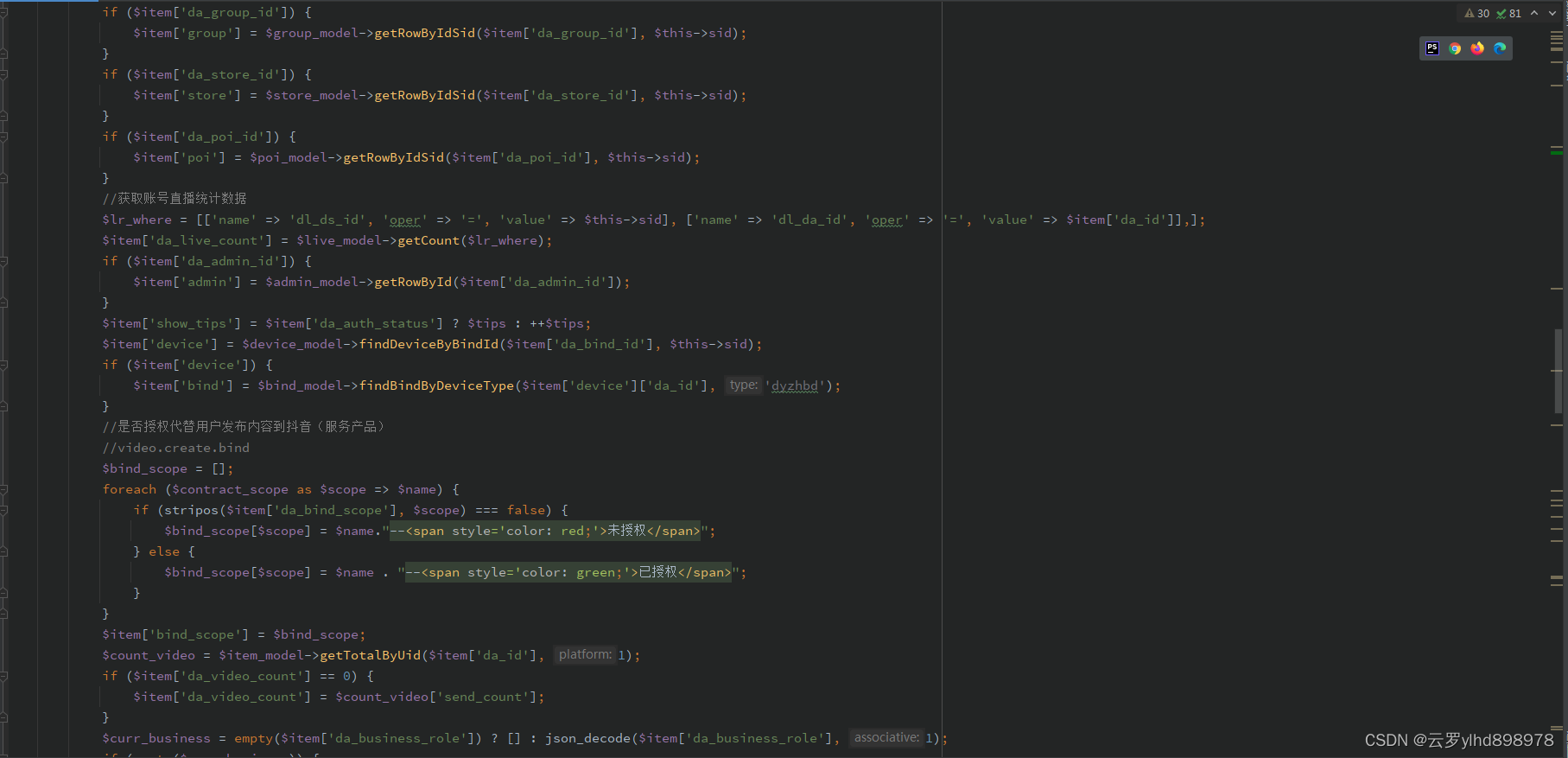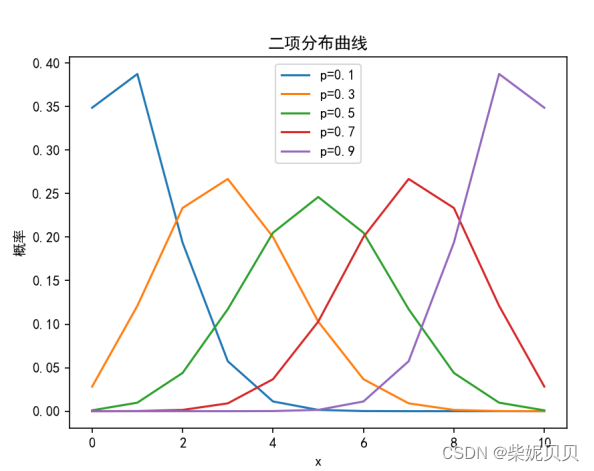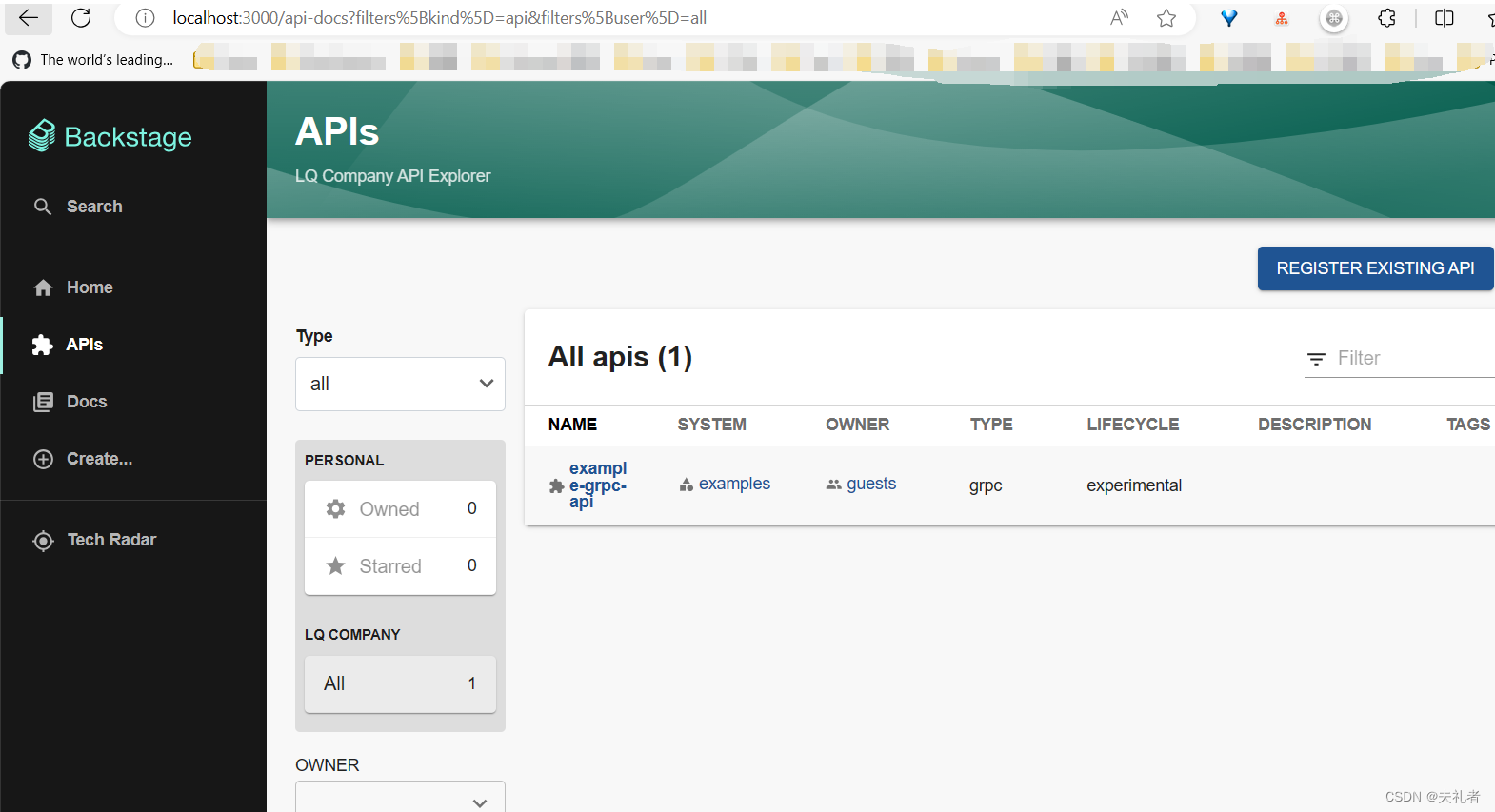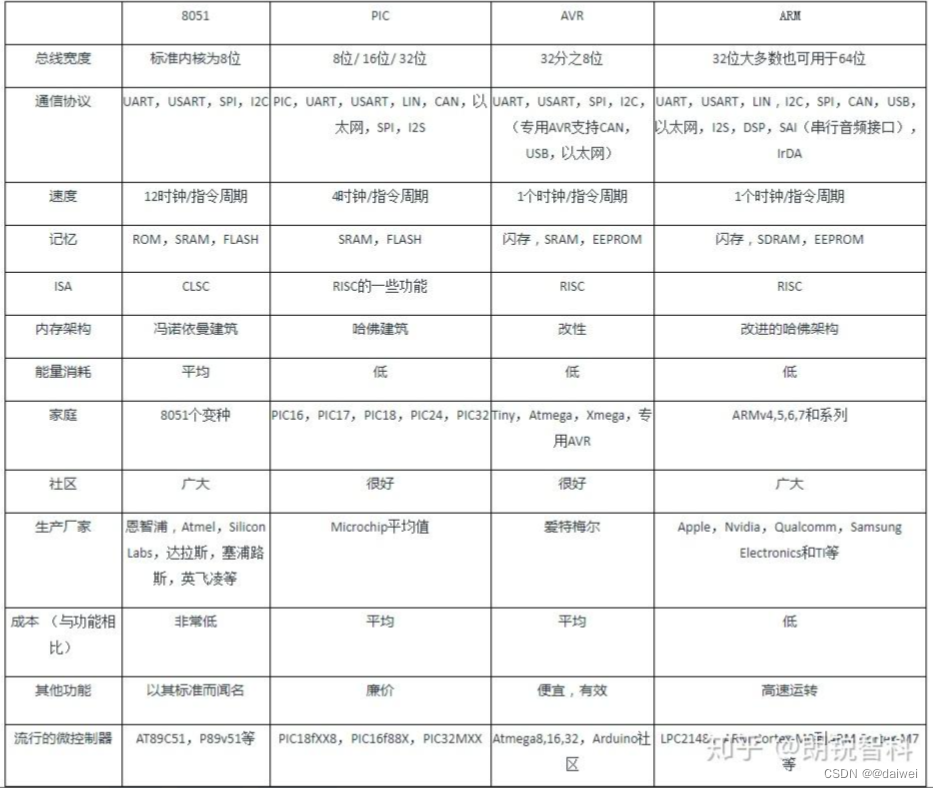
1. Python入门基础
Python是一种高级编程语言,具有简单易学、功能强大的特点。通过安装Python环境,我们可以进行第一个Python程序的编写和运行。Python的入门基础对于初学者来说是非常重要的第一步,因为它奠定了后续学习和应用的基础。
在Python入门基础章节中,我们将学习Python的基本概念、环境搭建以及如何编写第一个Python程序,让读者对Python有一个清晰的认识和实际操作经验,为后续的学习打下坚实的基础。
2. Python基础语法详解
Python作为一门易学易用的编程语言,其基础语法是我们入门的重要一环。在这一章节中,我们将深入探讨Python的基础语法,包括变量和数据类型,控制流程等内容。
2.1 变量和数据类型
2.1.1 变量的定义和使用
在Python中,变量是用来存储数据的标识符。定义变量时不需要指定数据类型,Python会根据赋给变量的值自动判断数据类型。下面是一个简单的例子:
# 定义一个整型变量
num = 10
print(num) # 输出:10
# 重新赋值,变量类型也会相应改变
num = 3.14
print(num) # 输出:3.14
# 变量间也可以相互赋值
a = b = 20
print(a, b) # 输出:20 20
2.1.2 常见数据类型及其操作
Python提供了多种数据类型,包括整型(int)、浮点型(float)、字符串(str)、列表(list)、元组(tuple)、字典(dict)等。每种数据类型都有相应的操作方法,例如索引、切片等。下面以字符串和列表为例:
# 字符串操作
str_val = "Hello, World!"
print(str_val[0]) # 输出:H
print(str_val[7:]) # 输出:World!
print(len(str_val)) # 输出:13
# 列表操作
num_list = [1, 2, 3, 4, 5]
print(num_list[2]) # 输出:3
num_list.append(6) # 添加元素
print(num_list) # 输出:[1, 2, 3, 4, 5, 6]
2.2 控制流程
控制流程是编程中的重要概念,用于控制代码的执行顺序。在Python中,常见的控制流程有条件语句和循环语句。
2.2.1 条件语句 if-else
条件语句用于根据条件判断来执行不同的代码块。if语句用于判断条件是否为真,else语句用于处理条件为假的情况。示例:
score = 85
if score >= 90:
print("优秀")
elif score >= 80:
print("良好")
else:
print("及格")
2.2.2 循环语句 for和while的运用
循环语句用于重复执行特定的代码块,可以通过for循环和while循环实现。for循环用于遍历可迭代对象,while循环根据条件判断是否继续执行。示例:
# for循环
fruits = ["apple", "banana", "cherry"]
for fruit in fruits:
print(fruit)
# while循环
num = 1
while num <= 5:
print(num)
num += 1
以上是Python基础语法的详细解析,通过对变量和数据类型、控制流程的学习,我们可以更好地理解和运用Python编程语言。在下一章节,我们将进一步探讨Python常用内置函数与模块,让我们继续探索吧!
3. Python常用内置函数与模块
在Python中,常用内置函数和模块为我们提供了丰富而强大的功能,可以帮助我们更高效地处理数据和完成各种任务。本章将介绍Python中常用的内置函数以及如何导入和使用模块。
3.1 常用内置函数介绍
Python提供了许多内置函数,可以直接调用而无需导入任何模块。下面将介绍一些常见的内置函数,包括字符串处理函数和列表常用函数。
3.1.1 字符串处理函数
字符串在Python中占据非常重要的地位,而字符串处理函数则帮助我们处理和操作字符串数据。以下是一些常用的字符串处理函数:
len(): 用于计算字符串的长度。upper(): 将字符串转换为大写。lower(): 将字符串转换为小写。strip(): 去除字符串两端的空白字符。split(): 将字符串分割成子串。join(): 将多个字符串拼接在一起。
让我们通过一些示例代码来演示这些函数的用法:
# 字符串处理函数示例
string_example = " Hello, World! "
print(len(string_example)) # 输出:14
print(string_example.upper()) # 输出:HELLO, WORLD!
print(string_example.strip()) # 输出:"Hello, World!"
# 使用 split() 和 join() 函数
words = string_example.split() # 分割成单词列表
joined_string = "-".join(words) # 用 - 连接单词
print(joined_string) # 输出:Hello,-World!
3.1.2 列表常用函数
列表是 Let’s now explore common list functions. Here are some frequently used functions when working with lists:
append(): Adds an element to the end of the list.extend(): Appends elements from another list to the current list.pop(): Removes and returns the element at the specified index.index(): Returns the index of the specified element.sort(): Sorts the list in ascending order.reverse(): Reverses the order of elements in the list.
Let’s see these functions in action with some example code:
# List common functions, with example
numbers = [3, 1, 4, 1, 5, 9, 2, 6, 5]
numbers.append(8) # Add 8 to the end
print(numbers) # Output: [3, 1, 4, 1, 5, 9, 2, 6, 5, 8]
numbers.sort() # Sort the list
print(numbers) # Output: [1, 1, 2, 3, 4, 5, 5, 6, 8, 9]
By using these built-in functions, we can efficiently manipulate strings and lists in Python.
3.2 模块的导入和使用
In addition to built-in functions, Python also provides a rich library of modules that extend the language’s functionality. We can import these modules to access their features. Let’s delve into how to import third-party modules and create custom modules.
3.2.1 安装第三方模块
To use third-party modules in Python, we need to install themincorporating external modules easy and efficient.
3.2.2 自定义模块的创建与使用
Apart from using external modules, we can also create our own custom modules in Python. By modularizing our code, we can improve its readability and reusability. Below is an example of creating and using a custom module:
# Custom module example
# Save this code in a file named my_module.py
def greet(name):
return "Hello, " + name
# In another Python script, we can import and use the custom module
import my_module
print(my_module.greet("Alice")) # Output: Hello, Alice
By defining and utilizing custom modules, we can structure our code in a more organized and maintainable manner.
This concludes our exploration of common functions and modules in Python, highlighting the versatility and power of the language’s built-in and extended capabilities. Whether handling strings, managing lists, or leveraging external modules, Python provides robust tools for a wide range of programming tasks.
4. Python面向对象编程
面向对象编程是一种重要的编程范式,Python 作为一种面向对象的编程语言,提供了丰富的支持。在这一章节中,我们将深入探讨类、对象、继承、多态以及魔法方法等概念,帮助你更好地理解和运用面向对象的思想和技术。
4.1 类和对象的概念
在 Python 中,类是对象的抽象,对象是类的实例。下面我们来看看如何定义类和实例化对象。
4.1.1 定义类与实例化对象
示例代码如下:
# 定义一个简单的Person类
class Person:
def __init__(self, name, age):
self.name = name
self.age = age
def say_hello(self):
print(f"Hello, my name is {self.name}, and I am {self.age} years old.")
# 实例化一个Person对象
person1 = Person("Alice", 30)
person1.say_hello()
在上面的代码中,我们定义了一个简单的 Person 类,包括属性 name 和 age,以及方法 say_hello。通过实例化对象 person1,我们可以调用其方法,输出相关信息。
4.1.2 类的继承和多态
继承是面向对象编程中的重要概念,它允许子类继承父类的属性和方法,同时可以根据需要重写或添加新的方法。
# 定义一个继承自 Person 的 Employee 类
class Employee(Person):
def __init__(self, name, age, salary):
super().__init__(name, age)
self.salary = salary
def say_hello(self):
print(f"Hello, my name is {self.name}, I am {self.age} years old, and my salary is {self.salary}.")
# 实例化一个 Employee 对象
employee1 = Employee("Bob", 25, 5000)
employee1.say_hello()
在上面的代码中,我们定义了一个继承自 Person 的 Employee 类,并重写了 say_hello 方法,展示了多态的特性。
4.2 魔法方法与属性
在 Python 中,魔法方法是以双下划线 __ 开头和结尾的特殊方法,它们提供了类的特殊行为。同时,类属性和实例属性也是面向对象编程中需要了解的重要概念。
4.2.1 特殊方法的使用
Python 中有许多内置的特殊方法,比如 __init__, __str__, __eq__ 等,下面是一个简单的示例:
# 定义一个包含特殊方法的Vector类
class Vector:
def __init__(self, x, y):
self.x = x
self.y = y
def __str__(self):
return f"Vector({self.x}, {self.y})"
def __add__(self, other):
return Vector(self.x + other.x, self.y + other.y)
# 实例化两个Vector对象并相加
v1 = Vector(1, 2)
v2 = Vector(3, 4)
result = v1 + v2
print(result)
在上面的代码中,我们展示了 __init__, __str__, __add__ 等特殊方法的使用方式。
4.2.2 类属性与实例属性的区别
类属性是所有实例共享的属性,而实例属性是每个实例独有的属性。下面是一个简单的例子:
# 定义一个包含类属性和实例属性的Class属性类
class ClassProperty:
class_attr = "Class Attribute"
def __init__(self, instance_attr):
self.instance_attr = instance_attr
# 创建两个实例对象
instance1 = ClassProperty("Instance 1")
instance2 = ClassProperty("Instance 2")
print(instance1.class_attr) # 访问类属性
print(instance1.instance_attr) # 访问实例属性
在上面的代码中,我们展示了类属性和实例属性的访问方式和区别。
通过本章节的学习,你应该对面向对象编程中类、对象、继承、多态、魔法方法以及属性有了更深入的理解。在下一章节中,我们将通过一个实际的项目来应用这些知识。
5. 烟花代码设计与实现
5.1 项目需求分析
在开始编写代码之前,首先需要对项目的需求进行详细分析,明确项目的功能和设计要求。烟花项目的需求可以分为以下几个部分:
- 实现烟花的绚丽效果,包括烟花绽放、炫彩效果等;
- 控制烟花的数量和位置,可以同时绽放多个烟花,每个烟花的位置可以是随机的;
- 添加音效,让烟花绽放时伴随着声音效果,提升视听体验。
通过需求分析,可以清晰地了解需要开发的烟花项目的核心功能和设计要点,为后续的代码实现奠定基础。
5.2 项目代码实现解析
5.2.1 烟花效果设计思路
在实现烟花效果之前,需要考虑如何绘制烟花的图形以及实现烟花绽放的动画效果。设计思路可以分为以下几个步骤:
- 使用图形库绘制烟花的形状,可以选择使用Python的turtle或pygame模块;
- 设计烟花的运动轨迹和绽放效果,通过控制烟花的移动和颜色变化来实现;
- 添加烟花绽放的音效,提升用户体验。
5.2.2 代码实现步骤详解
下面是一些实现烟花效果的代码示例,可以帮助理解如何在Python中实现烟花效果:
# 导入所需模块
import turtle
import random
# 设置画布
screen = turtle.Screen()
screen.setup(800, 600)
# 定义绘制烟花的函数
def draw_firework(x, y):
colors = ["red", "green", "blue", "yellow", "purple"]
size = random.randint(50, 100)
t = turtle.Turtle()
t.speed(0)
t.hideturtle()
for _ in range(36):
t.penup()
t.color(random.choice(colors))
t.goto(x, y)
t.pendown()
t.circle(size)
t.right(10)
# 触发烟花效果
screen.onclick(draw_firework)
turtle.done()
在上面的代码中,我们使用turtle模块绘制了一个简单的烟花效果,点击屏幕会触发一个烟花的绽放动画。通过调整参数和添加更多绘制元素,可以扩展实现更加丰富的烟花效果。
5.3 优化和扩展
5.3.1 代码性能优化方法
在项目开发过程中,为了提高代码的性能和运行效率,可以考虑以下优化方法:
- 减少不必要的计算和绘制操作,优化绘制逻辑;
- 使用合适的数据结构和算法,减少时间复杂度;
- 缓存部分计算结果,避免重复计算。
通过优化代码,可以让烟花项目在运行时更加流畅和高效。
5.3.2 功能扩展与改进建议
除了基本功能外,可以考虑以下功能扩展和改进建议:
- 增加不同类型的烟花效果,如爆炸花、漩涡花等;
- 添加用户交互功能,可以通过键盘或鼠标控制烟花的属性;
- 设计更加生动的动画效果,提升用户体验。
通过不断地扩展和改进功能,可以让烟花项目更加具有创意和趣味性,吸引更多用户的参与和关注。
以上是关于Python实战项目烟花代码设计与实现的详细章节内容,通过需求分析、代码实现解析以及优化和扩展部分,可以帮助读者更好地理解和实践烟花项目的开发过程。





